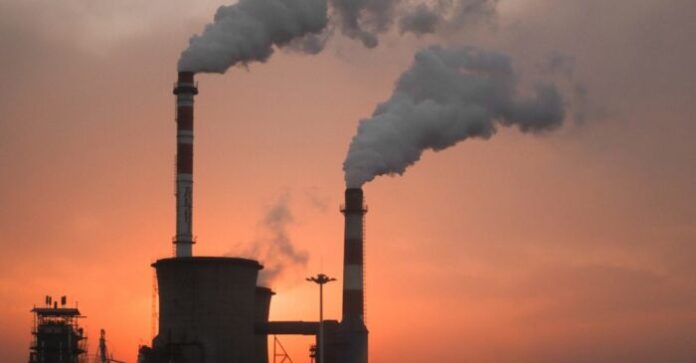
To achieve the climate neutrality objectives, maximum “speed” in the use of CO2 capture and storage technology is required. This is the heart of the message with which, for the first time, the United Nations takes the field, renewing the alarm on the wounds of climate change that plague the Planet: time is now up, and it is urgent to carry out the commitments of the Paris Agreement and the objectives of the Agenda 2030 for sustainable development.
With a new report from UNECE – the United Nations Economic Commission for Europe which has the task of facilitating integration and cooperation between member countries and promoting sustainable development and economic prosperity – the United Nations is committed to ‘use of technologies and not just natural absorption systems, such as forests and the sea. The process consists in capturing the carbon deriving from emissions into the atmosphere produced by fossil energies and industrial supply chains, then storing it underground or reusing it.
Leading the way in this sector – it is explained – are Scandinavia, the United States and the United Kingdom; also thanks to pilot projects and the adoption of the necessary regulatory frameworks of reference. According to the report, “a large geological storage capacity will be needed. Currently suitable sites have been identified in North America and Western Europe, in particular in the United Kingdom, the Netherlands and Norway”.
The cost issue is also addressed in terms of speed; in the sense that for experts in Europe alone, the distribution of CO2 capture, storage and reuse by 2050 could amount to 320 billion euros, and another 50 billion euros could be needed for transport infrastructures. It is for this reason that the speed with which it will be possible to reduce costs will favor large-scale implementation. And that is why it will be necessary – it is explained – the sharing of best practices both for the implementation of the technology and for the regulatory and political framework.
In particular, reference is made to the capture at the source of emissions, especially from industries, such as those of steel, those for the production of hydrogen from fossil fuels, and those of waste incineration or waste-to-energy plants; with the possibility of storing and then using, in chemical or biological processes, CO2. The large-scale implementation of this technology would allow to carry out the decarbonisation of the energy sector, and for industries to reduce emissions in the medium term. But – the report points out – the amount of CO2 to be removed to achieve climate neutrality is much larger than what current technologies can help to do. This is why it becomes necessary to invest, as well as of course to enhance and protect the capacity of the so-called natural carbon sinks.
“Strong political will is needed to make energy accessible, clean, reliable, sustainable and modern for all by 2030 – says UNECE Executive Secretary Olga Algayerova – as we prepare for the high-level energy dialogue. convened by the Secretary General of the United Nations within the United Nations General Assembly in September, to make 2021 the year of true action on energy ”.



































